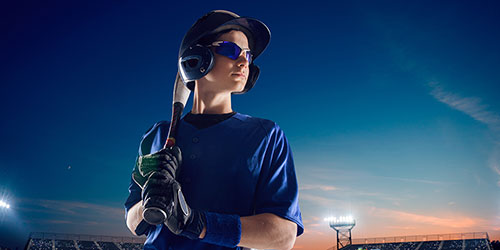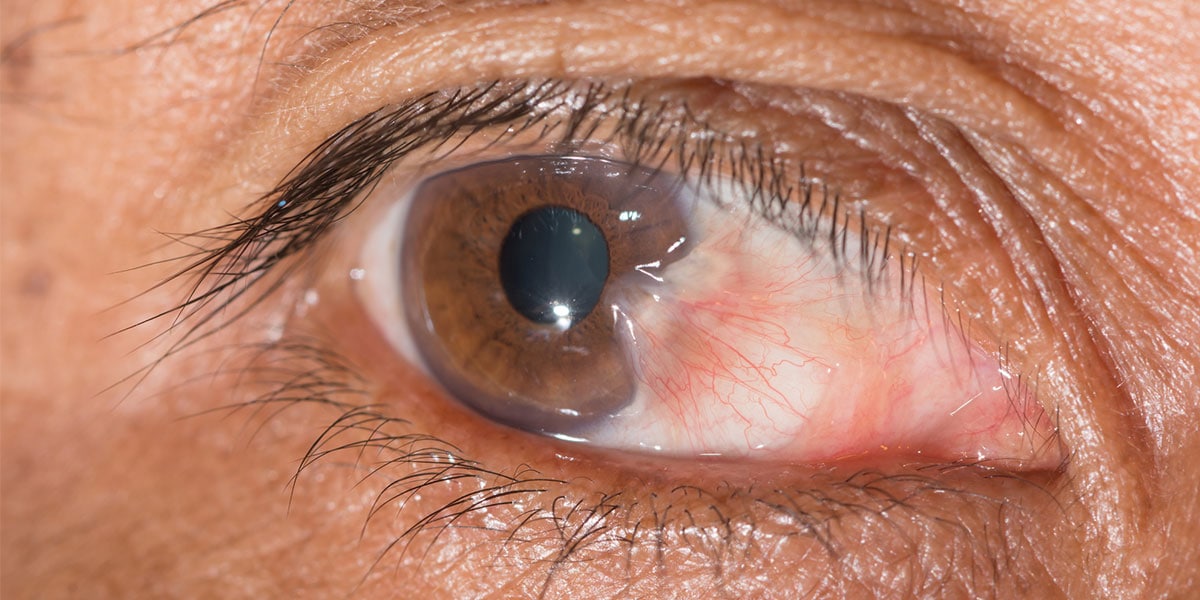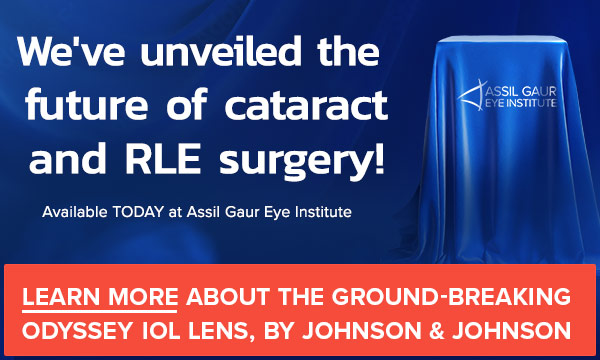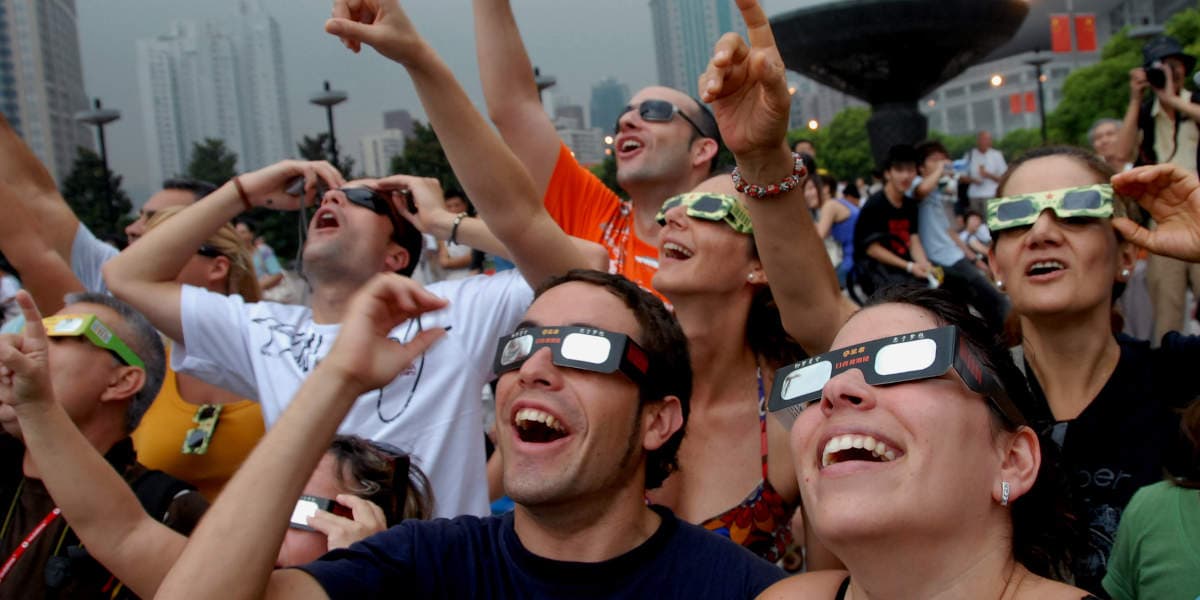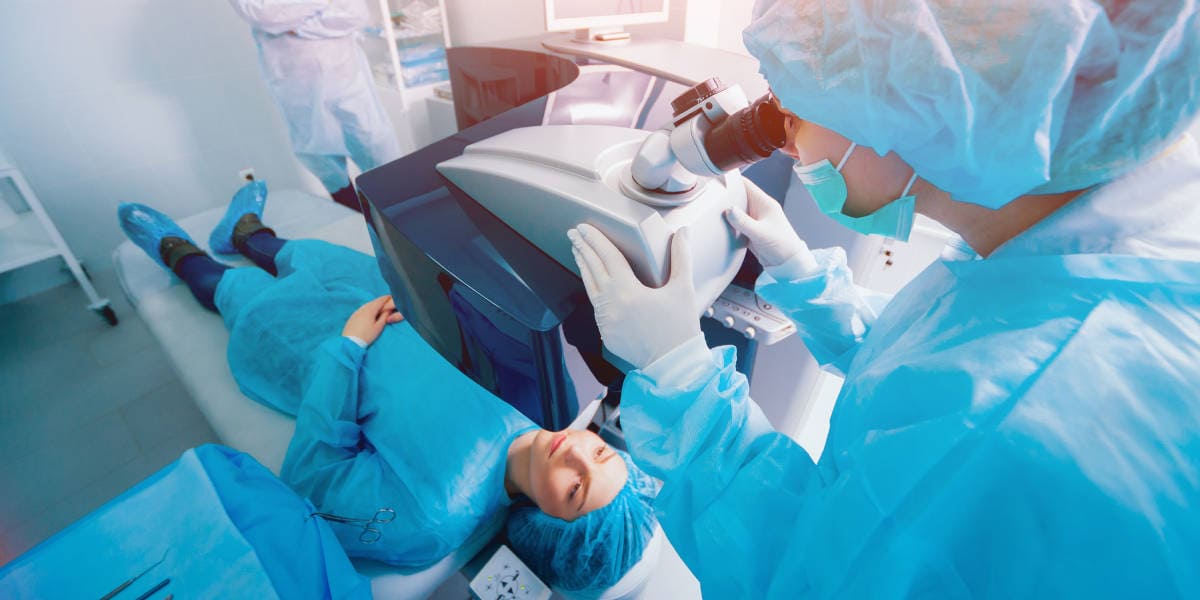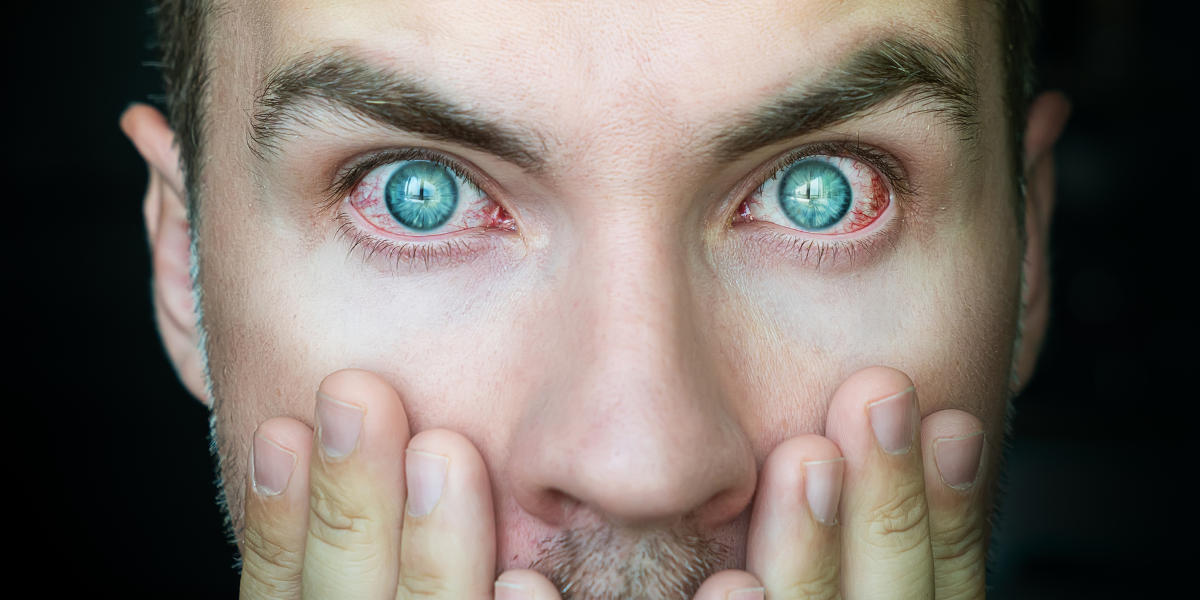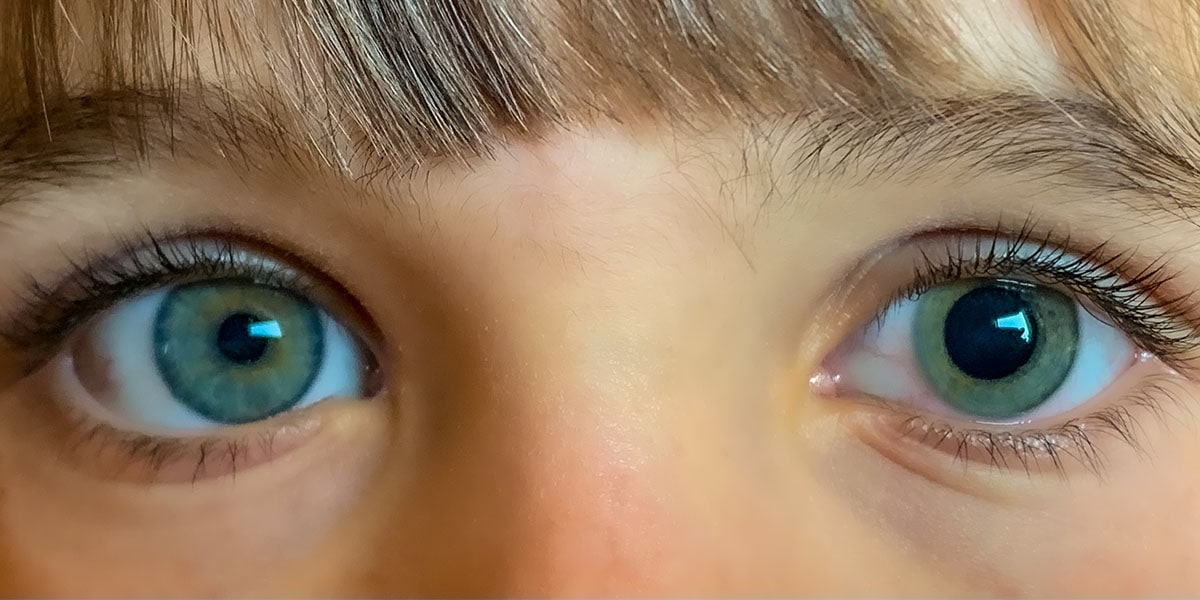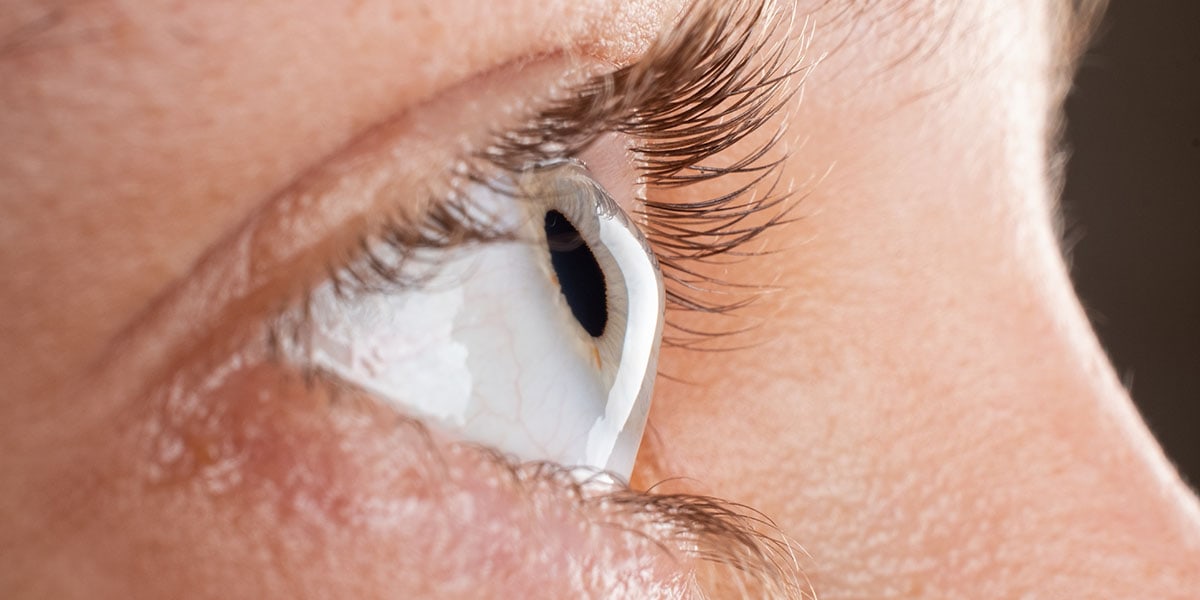- Home
- Resource Library
- LASIK and Vision Correction Resources
- LASIK Lasers Explained
LASIK Lasers Explained
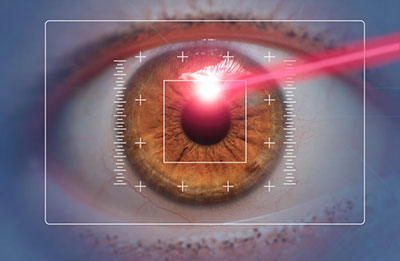
Do lasers affect surgical outcomes?
All modern lasers used in today’s LASIK surgery work the same way: they use ultraviolet light waves to sculpt the cornea in order to correct focusing errors created by irregularities in the shape of the cornea.
Despite what some LASIK laser manufacturers might claim in their marketing materials, the laser itself does not determine the outcome of a LASIK procedure. A laser is merely a tool, much like a scalpel.
- PRK vs LASIK
- LASIK Lasers Explained
- LASIK Surgery Recovery
- The Evolution of LASIK Surgery
- EagleVision LASIK
No, laser don't affect surgical outcome
The laser itself doesn’t affect their surgical outcome at all, at least not anymore. What distinguishes the quality of a LASIK surgery outcome is the skill and experience of the surgeon coupled with how the laser is programmed to sculpt the cornea.
The majority of LASIK lasers in use today are programmed to correct vision deficits (known as refractive errors) measured with the same methodology that has been used to determine eyeglass prescriptions for centuries. In other words, a terribly antiquated benchmark.
That is why so many LASIK centers promise that after surgery you can attain the same vision you had previously enjoyed with eye glasses or contacts. But this is setting a very low bar.
Assil Gaur Eye Institute has not used this outdated technology for measuring vision deficits for almost 15 years. Today’s most advanced LASIK laser guidance systems (such as those used at Assil Gaur Eye Institute) use vastly superior technology to measure vision deficits and thus deliver the most precise, crisp vision possible – way beyond what is achievable with glasses or contacts.
Key takeaway: There is wide range of vision correction capacity between the different type of LASIK vision correction technologies available today. Understanding these differences allows you, the patient, to make better choices and ask better questions of any potential LASIK surgeon or surgery center.
Are All LASIK Laser Guidance Systems the Same?
Not at all. There are a wide variety of guidance systems available today, some better than others. And the technology keeps advancing.
Almost two decades ago, when vision scientists and academic LASIK surgeons, including myself, recognized that lasers had the ability to sculpt very small areas with great precision, we realized that the part of the cornea through which we see could be sub-divided into much smaller segments (like pixels).
By measuring the vision deficits in each of these segments, they could program the laser to individually sculpt each one to achieve more exquisitely detailed vision correction than previously possible.
In 2005, the first LASIK laser guidance system, known as WaveScan, was approved for use in the United States. For the first time, LASIK technology could now offer far greater customizable vision correction than previously achievable.
Although WaveScan offered a great leap in vision correction ability, like all new technology, this came at a price. And while the top vision centers, such as Assil Gaur Eye Institute, adopted this technology, bargain high volume vision centers that compete on price continued to use the older generation LASIK technology.
Key takeaway: There is a wide range of “quality of vision” outcomes between the different LASIK technologies. And when it comes to LASIK, you pretty much get what you pay for.
Schedule your FREE LASIK consultation with those Lebron James trusts with his eyes
How Does LASIK Laser Guidance Work?
In 2005 WaveScan technology offered a remarkably more precise yardstick for measuring vision deficits than any methodology used previously. That’s because in addition to measuring nearsightedness, farsightedness and astigmatism, Wave Scan was able to detect and measure nuanced vision deficits known as aberrations.
Aberrations in your vision can be responsible for a number of problems, such as contrast sensitivity (the ability to distinguish subtle color differences under various lighting conditions). Other kinds of aberrations are responsible for difficulty with night vision, glare, halos, seeing starburst patterns or double vision.
Aberrometry technology came from NASA research that used light waves to measure planetary distances in deep space. Vision scientists adapted this technology to send light waves through the pupil (instead of deep space) and track their trajectory as they hit the retina and bounced back out of the eye.
By measuring the degree to which the light waves bent and deviated from a normal path as they exited the eye, visual scientists were able to accurately measure vision deficits throughout the eye’s entire seeing surface in exquisite detail. This data was then used to design a laser guidance program capable of correcting these vision deficits with extreme precision. This wave theory changed everything.
Key takeaway: There are still a wide range of “quality of vision” outcomes offered by the different LASIK technologies on the market since many LASIK lasers do not connect to today’s advanced LASIK aberrometry platforms.
How Does Aberrometry Guided LASIK Achieve Vastly Superior Results?
In 2005 when the WaveScan system was connected to the VISX brand LASIK laser, the laser was able to totally personalize how the cornea’s viewing area was sculpted by dividing the cornea into 256 discreet segments. This immediately and dramatically improving LASIK outcomes for our patients and those at the few centers that offered this third generation LASIK technology.
LASIK Laser ScanIn June 2018, LASIK technology advanced to the fourth generation with FDA approval of the iDESIGN Refractive Studio v2.0 (which I was honored to have been involved in developing). This technology offered a new level of vision measurement heretofore unavailable..
The iDesign is the only aberrometry guided LASIK platform available today that subdivides the eye’s surface into an amazing 1,240 distinct viewing segments and corrects each one individually. This creates a completely customized surgical plan for each and every eye. Being able to treat many more corneal segments enables the laser to achieve much finer precision and even better outcomes.
In addition to precisely measuring refractive errors and aberrations using WaveScan technology, the iDesign also performs 3-D mapping of the cornea using corneal topography, in other words, it measures every peak and valley on the corneal surface. In this way, it further enhances the individual eye’s WaveScan information and all of this data is used to design the program that will guide the surgical laser..
This is an important distinction, especially when compared to the “one size fits all” approach that many centers still use today to guide their lasers that assigns one prescription measurement across the entire seeing surface, just as if an eyeglass prescription were being filled.
2019, the Birth of LASIK’s Fifth Generation Protocol, EagleVision®
Assil Gaur Eye Institute was one of the first ophthalmology practices to adopt the iDESIGN Advanced WaveScan System (the fourth generation technology we were involved in developing) and the results have been tremendously successful.
But as a visual scientist, I kept looking for a way to further enhance LASIK capabilities. That’s why I developed and trademarked a fifth generation LASIK treatment called EagleVision®.
EagleVision® a proprietary LASIK protocol offered only at AGEI that combines a number of gold standard techniques to advance LASIK surgery outcomes to formerly unachievable levels.
The EagleVision® protocol includes:
- The iDesign Refractive studio that gathers data from two sources to create a surgical navigation program using detailed WaveScan measurements of vision deficits at 1,240 segments within the eye’s seeing surface and topographical measurements of these 1,240 locations.
- A proprietary algorithm developed by myself to further refine the surgical navigation program by addressing the unique characteristics of each individual eye.
- A VISX S4 excimer laser that uses cool ultraviolet pulses to very precisely sculpt the seeing surface of the cornea according to the exact specifications of the surgical navigation program.
- AGEI doctors use a unique surgical approach that creates an area on the cornea for the laser to work that is not only larger, but also elliptical in shape, providing a wider seeing area and sturdier construct.
LASIK Laser ScanUsing the iDesign Refractive studio, the VISX S4 laser customized with Assil Gaur Eye Institute’s new proprietary surgical algorithm and a larger, elliptically shaped corneal flap, our surgeons are able to correct the focusing error at each and every one of the 1,240 optical zones on the eye’s surface with great precision.
What’s more, because the iDesign platform is able to capture and incorporate aberration data into its surgical planning software, when the iDesign is paired with the Visx laser, this combination delivers remarkable post-op contrast sensitivity..
What that means for you is perfectly crisp vision, day and night, throughout your ENTIRE field of vision.
Key takeaway: Like all technologies, LASIK technology keeps advancing. These advances make some older technologies, like first and second generation LASIK, obsolete.
This does not mean that you must get fifth generation LASIK either. But you need to be evaluated by a true LASIK expert to learn what is right for you.
Please remember that no “one size fits all” approach to LASIK surgery is EVER right for every eye.
Is LASIK right for you?
It is easy to find out. Simply contact us if you are considering LASIK vision correction surgery to arrange for a complimentary comprehensive consultation.
You will learn about your full range of LASIK options in a comfortable, professional and relaxed environment.Our doctors will be happy to answer all of your questions to eliminate any doubts as you contemplate taking this important step.
For more information or to schedule a consultant, please call 866-945-2745 or visit us here to make an appointment. Our goal is to help you achieve your personal best vision.
-
Kerry K. Assil, MD, is regarded as one of the world’s foremost experts in refractive surgery, having made significant advances in the field with his numerous inventions. Additionally he has the unique distinction of having trained thousands of eye surgeons in the latest refractive surgical techniques.
Dr. Assil has authored more than one hundred textbooks, textbook chapters and articles on refractive surgery and has appeared regularly on major television network news programs as a pioneer in refractive surgery. He also leads educational forums for other eye care professionals, which have included featured lectureships at Harvard University, Johns Hopkins University and Tokyo University.


